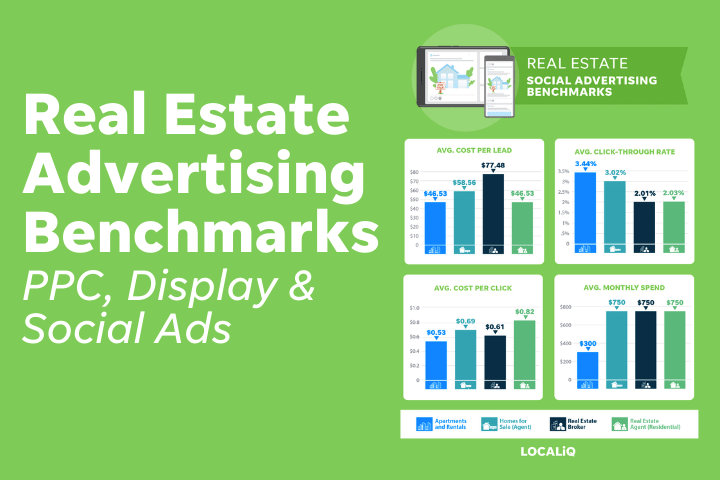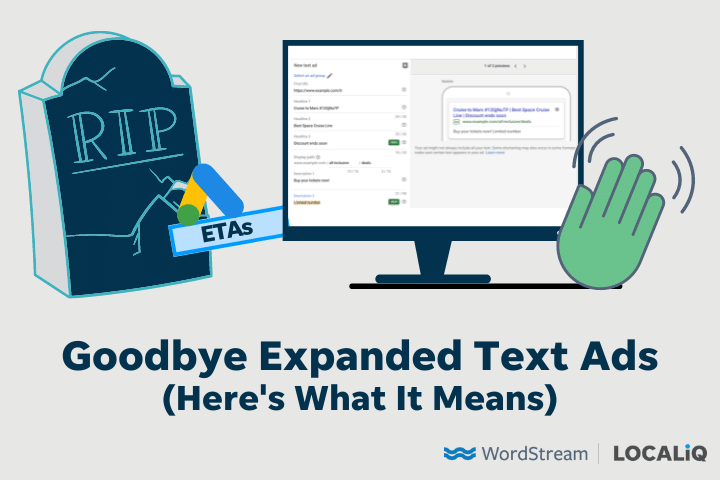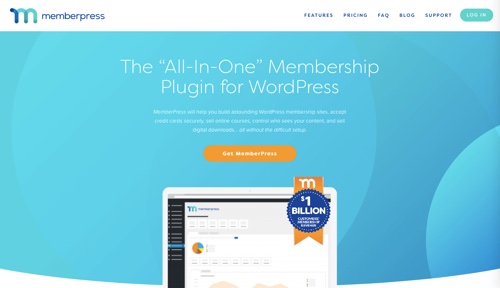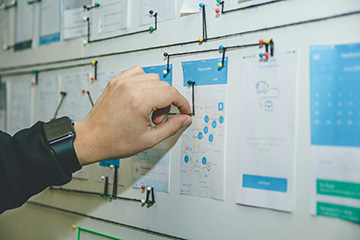
The SaaS company considering concierge services might need contractors or virtual assistants to facilitate the test.
There is not a one-size-fits-all pilot program. Each is unique to the business. There are, however, common elements most will likely want to include.
Don’t imagine that the pilot program will answer its own key questions.
- Testing the viability of a project without having to commit to it long-term.
- Reducing risk since fewer resources are invested.
- Demonstrating whether the project aligns with goals and objectives.
- Uncovering potential challenges and problems.
When to Pilot
Pilot programs are short-term, small-scale studies to help a business decide whether to roll out a new feature or product.
What to ask? A pilot study should address viability, cost, adverse effects, and investment. It should inform a company’s leadership about how to proceed.
For example, knowing how many labor hours are required to receive, sort, and stack food items requires some sort of measurement. Perhaps warehouse workers could use an existing time-clock app to track hours spent on the pilot program.
- A grocer wants to test sustainable retailing. It is thinking of donating some dated items to local food banks, but it is concerned about unknown liability and logistics. A pilot program could be just the thing.
- A direct-to-consumer brand wants to reduce lead times in its supply chain. It is considering several small nearby manufacturers in the U.S. and E.U. rather than its current supplier in China. But it has quality and capacity concerns, so it uses a pilot program.
- A physical retailer thinks a new product line will generate more revenue but is concerned the line will take up valuable space. It needs to know if the additional traffic and sales will offset the space’s current earnings per square foot. A pilot program at a few stores could provide the answer.
- A software-as-a-service business realizes it might add revenue by offering concierge services, but it fears the new offering could distract from its core business. So it runs a pilot program to learn how the two interact.
Structuring a Pilot Program
Most business decisions don’t require a pilot study. They depend on the standard key performance indicators from normal operations.
Requirements for the DTC brand with supply chain concerns might include manufacturing agreements and a quality-control engineer to inspect the new facilities.
What are the requirements? The pilot program plan needs a list of requirements beyond capital investment.
- “Can the food bank pick up donations on short notice, so we don’t have to store those items?”
- “Does the food bank desire out-of-date products?”
- “How many labor hours will we invest in sorting and processing the donations?”
- “How will we monitor food safety after the pickup?”
For example, the traditional retailer looking to gain more revenue with a new product line is assuming the line will entice more folks in the store.
But when the proposed project enters new territory, management might not have enough info to make an informed decision. A pilot experiment could help.
How much investment? A pilot program will be cheaper than a full deployment, but it will likely need capital.
How to answer? Asking subjective questions is not enough. The pilot program should have measuring in mind — a plan to provide answers.
The grocer evaluating whether to donate items to a local food bank could ask:
Have a great idea but are not ready to take a leap of faith or make a massive investment? A pilot program might be the answer.
What are the assumptions? Often managers make decisions, like moving forward with a pilot program, without identifying the underlying assumptions. It’s a big problem if those assumptions are wrong.
Pilot programs have multiple benefits, including:
Here are a few examples.
It should state this assumption in its pilot plan and include why.

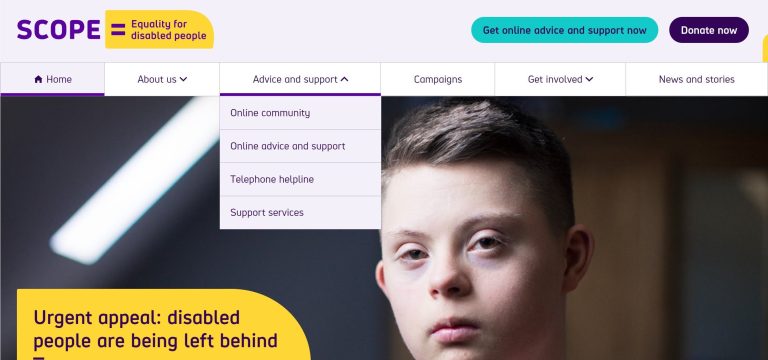
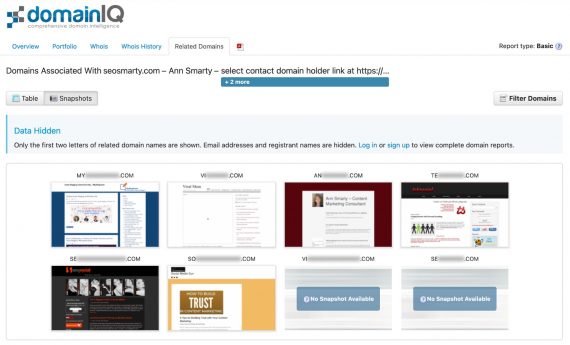
![[Infographic] Can Social Media Help Your Small Business?](https://research-institute.org/wp-content/uploads/2022/08/infographic-can-social-media-help-your-small-business.jpg)
